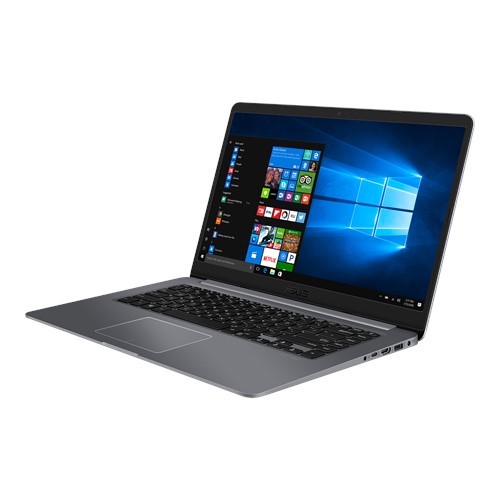
Green fashion is, without a smidge of a doubt, the future of fashion – but, definitely not in that disturbing creepy way seen on The Handmaid’s Tale where the Wives wear exclusively green-colored outfits. Jokes aside, yes, green fashion is on the rise, even though many people are unaware of the fact that the birth of green and sustainable fashion took place decades ago.
It started once upon a time, with the hippie-influenced dedication to locally-grown, pesticide-free, and handmade products. However, the ‘60s and the ‘70s were a fruitful soil for mass production that aimed to provide accessible and affordable products, as opposed to ethical and sustainable clothing.
Although the environmental movement fought back with shops selling ethically-sourced clothing springing out everywhere, the ‘dark side’ won for the time being. Fast fashion managed to overwhelm and win over the market with trendy pieces that came at an almost ridiculously small price, despite of negative publicity stemming from discoveries about sweatshops in developing countries that offered poor working conditions and unsafe environment.
How the air shifted
In addition to the questionable working conditions of ‘fast fashion’ production, this practice in the fashion industry raises some important ecological issues. Fast fashion is called this way for a good reason. Its focus is on production of trendy items that have a short lifespan, resulting in millions of kilos of clothes that end up on landfills.
A contributing factor to the disposability of garments is the production process which includes a number of toxic chemicals used for making synthetic fiber, dyeing, bleaching, etc. Those chemicals are disposed of improperly, therefore, polluting the air and the rivers (as well as other water sources). On top of that, the chemicals have a large impact on the durability or sustainability of clothes, given that most of them cannot be even reused due to their worn-out condition.

People finally began to understand the repercussions of participating (as consumers) in these harmful and unethical practices and the fashion industry had definitely taken note, too. That is why instead of fast fashion, numerous fashion designers, both independent and high-power names, have shifted their practice. The focus is now placed on organic fabrics and we are now in the position where we can choose from a variety of organic textiles, such as cotton, bamboo clothing which is always a great choice, as well as cruelty-free silk or peace silk and linen.

As the creative director of the South America–focused ethical line Voz, Jasmine Aarons states that organic materials are the building blocks of healthy garments. This means that beyond simply using organic materials, designers are moving away from sweatshop production and modern-day slavery to cooperating with artisan cooperatives in the developing parts of the world and using small-scale local production.
The face of eco-fashion today
Green and sustainable fashion is gaining more and more momentum, changing the face of fashion as we speak, and we have brands such as H&M, ASOS, Minna, Monsoon, Stella McCartney, and a great number of others to thank for that.

For instance, aside from the Conscious selection, H&M now offers a variety of affordable sustainable garments, which means that everyone can look and feel good. On top of that, they frequently offer discounts when you bring a certain amount of clothes (regardless of where they come from), thus promoting recycling and minimizing the negative impact of waste. ASOS has also joined the cause of reducing the fashion industry’s negative impact on the planet by cooperating with eco-friendly brands and participating in global initiatives. There is also Litke, a brand that uses quality organic fabrics, implements handmade details and a business model that puts local manufacturing high on its priority list. Monsoon is also to be commended for its ethical trading; their compliance team conducts regular checks in their factories, ensuring good working conditions, pay and employment rights.

The number of eco-friendly designers and manufacturers is increasing at the speed of light. They are a proof that creating sustainable fashion does not take away anything from the beauty of the garments. The collections are not devoid of fashion statements, but are taking a turn towards timeless pieces that can and should be worn for years. The focus is placed on quality, appearance and durability. These brands have proven that green does not mean itchy, unfashionable, and dull. The green fashion market is becoming one of the most sophisticated and highly influential markets in the world, spreading its value-based philosophies worldwide, in hopes of making the world a better place through fashion.
